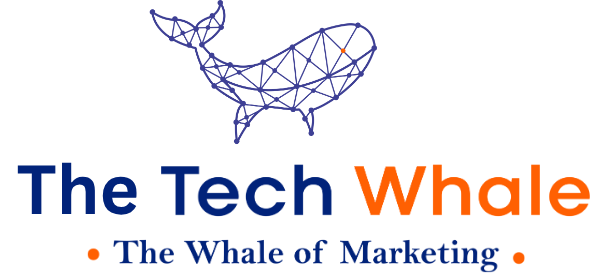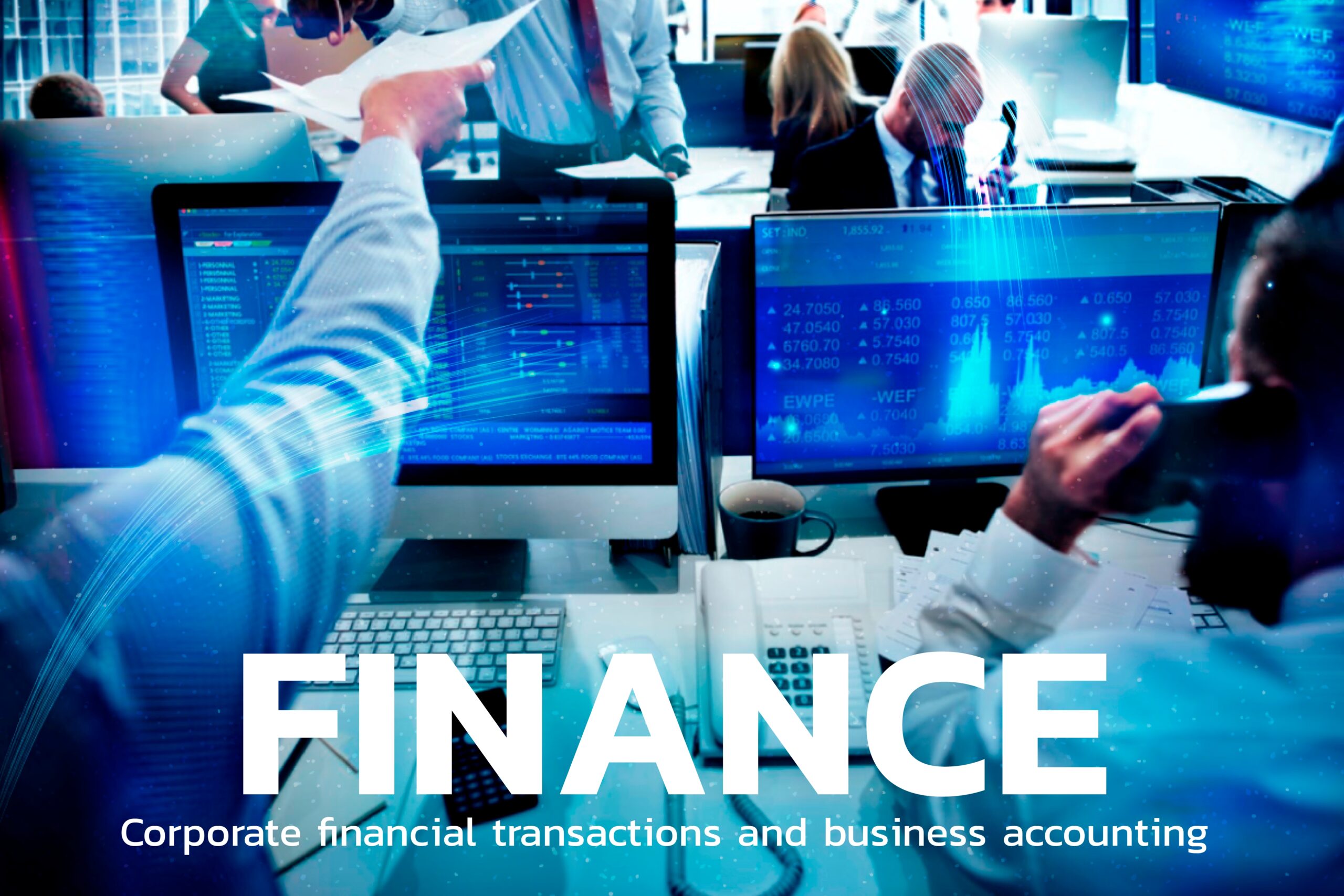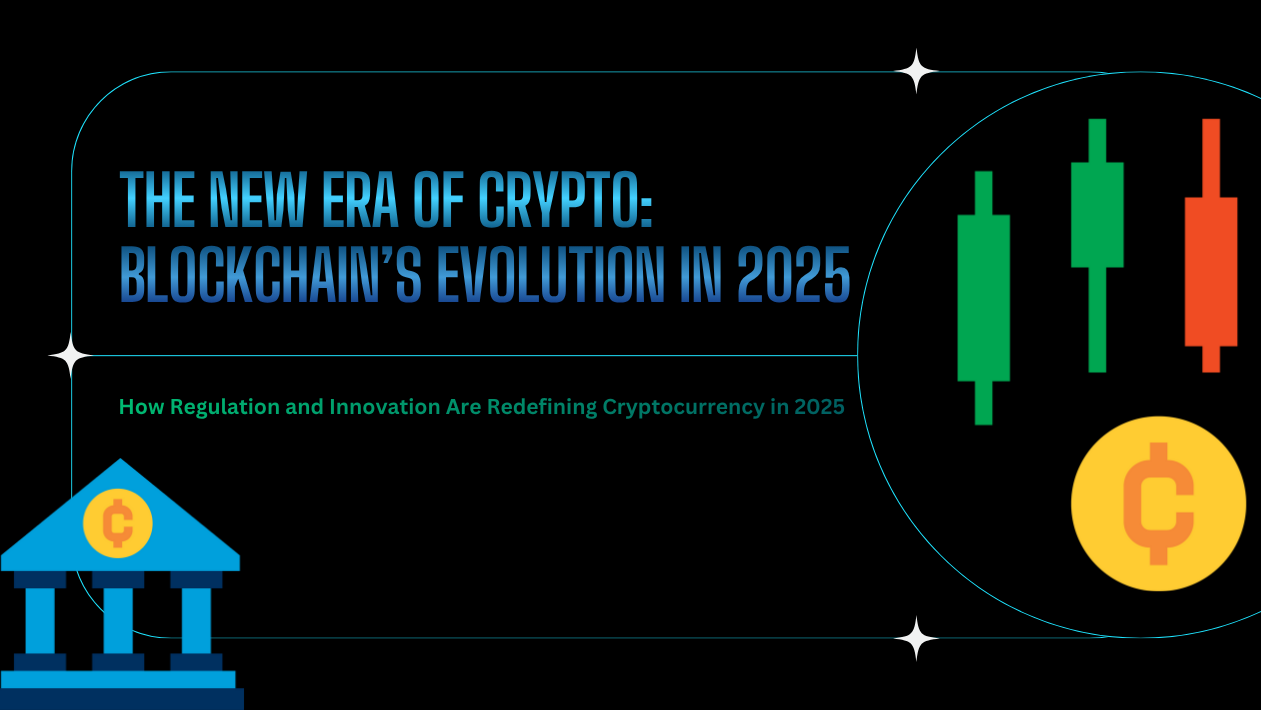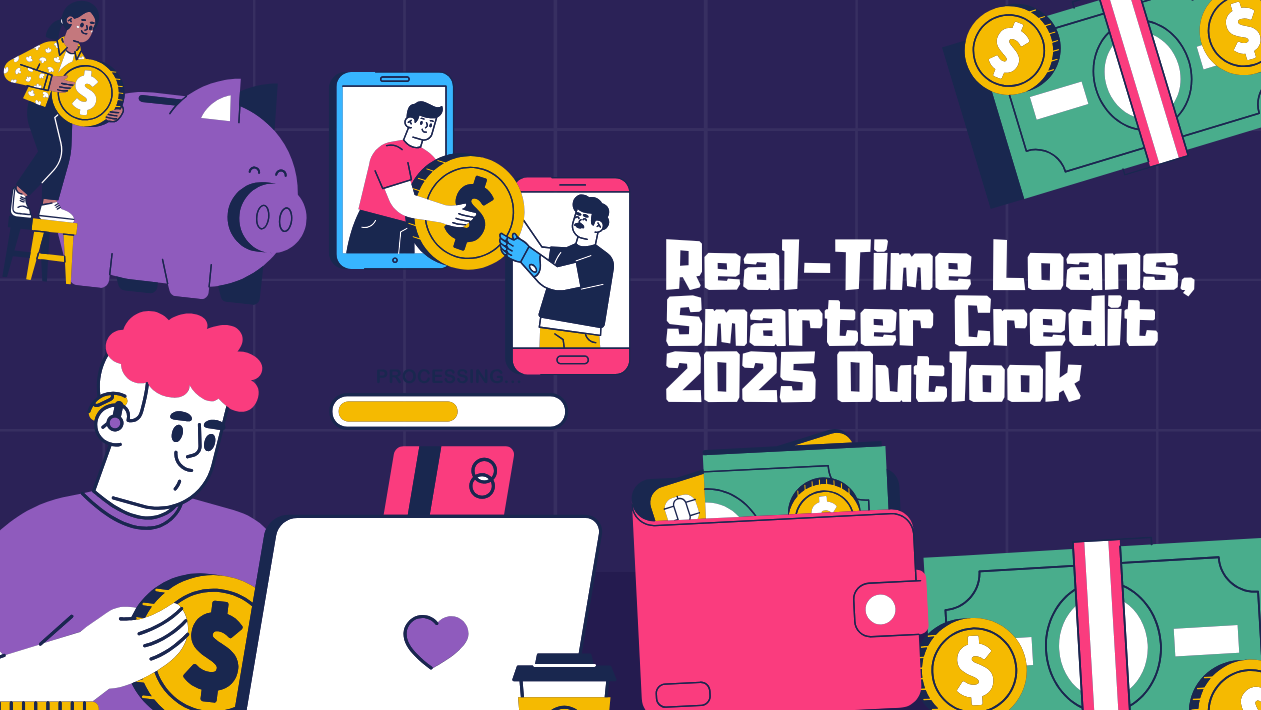In 2025, the lending and credit industry is undergoing a major transformation powered by AI-driven credit scoring, digital onboarding, and embedded lending solutions. As traditional banks adapt and fintech firms lead innovation, the borrowing experience is becoming faster, smarter, and more inclusive.
According to a report by PwC, global digital lending is projected to reach $1.7 trillion by 2027, with rapid growth driven by emerging markets, small business financing, and alternative credit solutions.
AI-Based Credit Scoring Expands Financial Inclusion
AI and machine learning are changing the way creditworthiness is evaluated. Rather than relying solely on traditional credit scores, lenders now use alternative data—such as transaction history, mobile usage, and employment patterns—to assess risk, especially for underbanked populations.
“AI-driven scoring allows us to serve customers with little to no formal credit history,” explains Anil Deshmukh, CEO of a leading digital lending platform. “We’re unlocking credit for millions who were previously invisible to the financial system.”
Instant Digital Loans Become the Norm
With the rise of fully digital loan journeys, customers can now apply for personal, business, or vehicle loans entirely online. Thanks to eKYC, e-signatures, and digital verification, loans can be approved and disbursed in under 10 minutes, even for first-time borrowers.
Banks and NBFCs are integrating with fintech APIs to streamline operations and improve turnaround times.
Embedded Lending in E-Commerce and Payment Apps
2025 is witnessing a boom in embedded lending, where credit is offered directly within platforms like e-commerce apps, ride-hailing services, and food delivery apps. Customers can now access buy now, pay later (BNPL) options or micro-credit instantly at the point of purchase.
This “credit as a service” model is enhancing user experience and boosting conversions for merchants.
SME Lending Sees a Digital Boost
Small and medium-sized enterprises (SMEs), once underserved by traditional banks, are now benefiting from fintech-powered digital lending. Platforms are using real-time cash flow data, invoice history, and supply chain analytics to offer working capital loans, invoice discounting, and line-of-credit products to SMEs.
This shift is driving entrepreneurship and economic resilience in emerging economies.
RegTech Ensures Compliance and Risk Management
As digital lending grows, regulators are stepping up to ensure transparency, responsible lending, and consumer protection. Advanced RegTech (Regulatory Technology) tools now help lenders stay compliant with local and international standards while monitoring borrower behavior using predictive analytics.
The Future: Predictive Lending and Financial Wellness Integration
Looking ahead, lending will become more predictive and personalized. Financial platforms are beginning to integrate credit insights, repayment coaching, and budgeting tools to improve borrower outcomes. Credit products will increasingly align with customers’ financial wellness goals, not just risk profiles.





